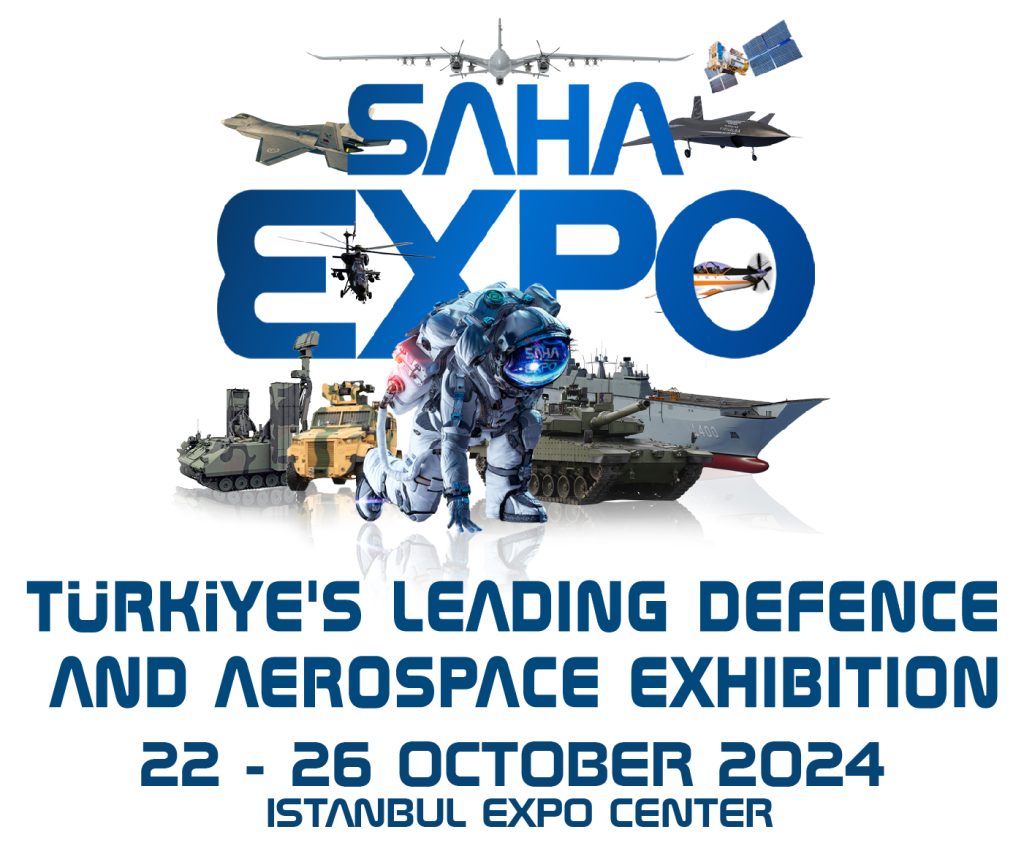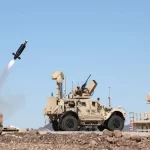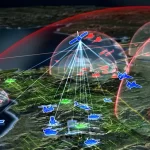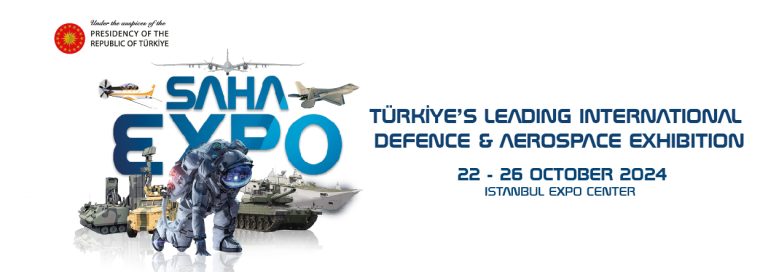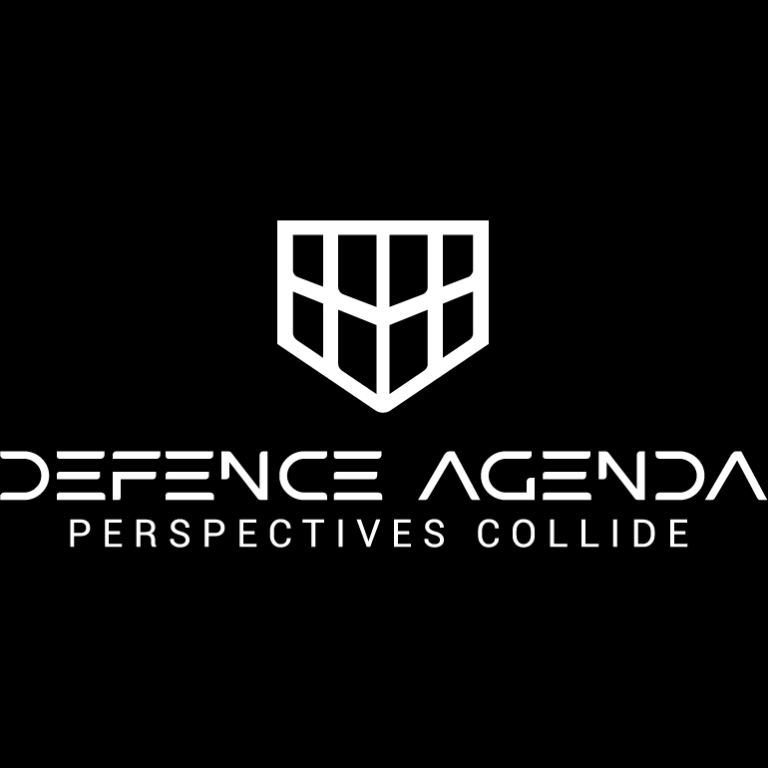There is a sector, by which the defence industry is influenced and perhaps shaped the most: Hollywood. Particularly those foreseen in sci-fi movies find their echoes in real life whenever technological advancements pave the way. Furthermore, this influence is not one-sided at all. Eventually, there is an interactive process, which triggers and develops its constituents.
The influence of Hollywood on military technologies is indispensable. This can be analysed into three headings: Public reaction, propaganda, and marketing. Before dealing with them one by one, it would be essential to start with the concept of technological foresight. Technological Foresight
Foresight means; “the ability to see the future” or “provision for or insight into future problems,
needs.” This meaning also applies to technological developments. In order to bring forth a
foresight, there should be a milestone at hand and the data from which to proceed. However,
the foresight of indigenous technologies, which can be called “utopian”, often fails to translate into reality because of a lack of actual predecessors. Exactly at this point, theoretical thought and dreaming/
fictionalising enter into the picture. It is Hollywood, being the largest movie sector in the world,
which offers us fiction based on scientific theory, namely, sci-fi movies.
Sci-fi movies are defined as; “productions that draw imaginatively on scientific knowledge and speculation in its plot, setting, theme.” In practice; it seeks to present to the public opinion systems, whose design and prototype are finalised. The double-sided influence mentioned at the very beginning of this article is the source as well as the target of “Technological Foresight.” If man, technological advancement and threats are the resources; then security/ defence and directing/ accelerating are the targets.
Public Reaction
Another fact conveyed to us by movies is that technologies presented to the public are already available. Movies also offer a simulative setting for those technologies considered for the market. It also provides the opportunity to notice overlooked or unanticipated mistakes to be noticed by a
great number of users, without exposing them to any security threat.
We can also argue that movies help the society accommodate innovations through the technologies that they put forth as vision. Various forms of technology like mobile phones, tablets and holographic screens are rapidly embraced by societies once they are put into sale. This is all related to the habit
already grown among the public towards these technologies.
Technologies thus foreseen are observed on a large scale, ranging from daily use (“Cell phones and video calls in Star Trek”) to advanced space technologies (“Weapon and engine technologies in Star
Wars”). Both in theory and practice, these products have offered a vision to scientists or, on the contrary, prepared us for this vision. Systems like “exoskeleton”, explained below in detail under the heading
“Recent Examples”, can be added to these. Such technological developments suitable for both
commercial and military use are substantial examples to prepare public opinion for “future vision.”
Propaganda
Another societal and political impact of Hollywood movies is propaganda. One objective of propaganda is to diagnose the limits of the public. It is related to directing reactive human communities at will, by influencing society. Recently, we witnessed this the most in “artificial intelligence” (AI) technology. Cult films, in particular, feature “killer” humanoid robots and their
“evil” artificial intelligence, has been designed in accordance with this propaganda. In this vein,
Hollywood conspicuously stands out as the mechanism to introduce this concept. Humanoid robots were brought to screens ever since the movie Terminator, including artificial intelligence. Similarly, the idea that AI-featured humanoid robots fight humans, is a pattern inscribed in our memory
by this kind of movie. Starting with “Terminator”, Hollywood movies like Blade Runner, AI (Artificial Intelligence), Ex Machina and iRobot have all brought to the scene the dilemma between artificial intelligence and humans. They not only introduced a particular vision but also influenced
technological advancements on the subject. The point is that artificial intelligence as a propaganda outcome, must not be exaggerated as a technological product.
Nevertheless, taking into consideration the countries shooting this kind of movie, it is remarkable that most related research has been conducted in these same countries. Stories of bravery written by US-based weapons used in movies featuring the Second World War or Vietnam War as plots is another source of influence. The main theme of such movies is those countries saving the day by entering the field with war machines and flags. The gist of this message is that this war equipment, being the brand of their countries, is qualified enough to serve under the most severe conditions. And this is where propaganda is linked to marketing strategy.
Marketing
We also notice that movies not only influence defence technologies but also create their own market. As revealed by the numbers, weapon sales increase once action films appear on the screen. Only in the United States, there is a weapon market worth $760m. Besides Hollywood’s influence on the defence sector, it is also obvious that the systems developed are indirectly promoted and marketed at the same time. We can argue that the branded war equipment mentioned under the Propaganda heading instils fear in the enemy owing to their reliability and production quality.
The best example to illustrate this is the “Made in … ” statement embedded in the movies openly or subtly.
Recent Examples
According to Wall Street Journal, studios taking the role in the design of equipment used in RoboCop and X-Men movies were hired by the US Army for the TALOS (Tactical Assault Light Operators Suit) Project. Other developers include companies studying how sumo wrestlers fight while carrying so much weight, examining medieval suits of armour, and designing exoskeletons that enable paraplegics to walk. They also use 3D printers to create rapid prototypes of body armour designs.1 We first encountered this suit, built on exoskeleton technology, in the movie “Edge of Tomorrow.” The system was intended to endow soldiers with superhuman qualities. In a similar vein, although this project was shortly called “Iron Man”, as understood from the naming, the suit appearing in movies like “Man of Steel”, “Pacific Rim” and “Starship Troopers”, is the prototype of wearable, high-tech TALOS Project.2 Inspired by a movie she watched, a Raytheon engineer, envisioned the system for the military.
Seeking to help commanders sort through piles of data in the midst of battle, the engineer then joined forces with the scientific team of the movie to turn theoretical technology into a system dubbed “Gesture Technology.”3 One camera, originally designed for movie production, changed sectors to be used in the defence industry. What is critical in the defence industry is the camera’s ability to operate
in extreme temperatures. It’s isolated electronics and thermal design allow for operation in environments within the range of -20°C to 50°C.4 Likewise, the US Army joined forces with the University of Southern California, the gaming industry, and Hollywood to develop virtual reality systems to simulate the battlefield situations and cultural interactions that soldiers would face in deploying overseas. The end result was the establishment of the Institute for Creative Technologies (ICF).5
On the other hand, publicity of new military technologies via movies creates security vulnerabilities for the country developing such systems.
Implications
Besides the explanation of the “public reaction, propaganda and marketing” effects of Hollywood movies, there are also some implications to draw for the future. Although they are believed to be rooted mostly in propaganda and deception, a general analysis of movies can be illuminating. Apart from this, such an endeavour may prove to have an innovative impact since it proposes novel and different viewpoints. It can direct the youth, especially students, towards industry and science. Additionally, it can save experts and decision-makers from sectorial myopia. These efforts may guide the sector and decision-makers about what is available and what must be done. At the same time, it can offer other advantages like contributing to technological foresight, bringing out the intentions of countries about the defence industry and helping the anticipation of future defence equipment.
This analysis was published in the 62nd issue of C4Defence Magazine. (www.c4defence.com)
Bibliography
1) https://io9.gizmodo.com/the-military-has-hired-hollywood-to-help-build-an-actua-1601102216
2) https://www.military.com/daily-news/2014/04/22/industry-iron-man-still-hollywood-not-reality.html
3) https://news.thomasnet.com/imt/2005/04/26/defense_industr_1
4) https://www.rdmag.com/article/2017/02/hollywood-camera-gets-makeover-science-aerospace-defense-applications
5) https://www.defenseindustrydaily.com/US-Army-Turns-to-Hollywood-to-Prepare-Soldiers-for-Deployment-05849/

